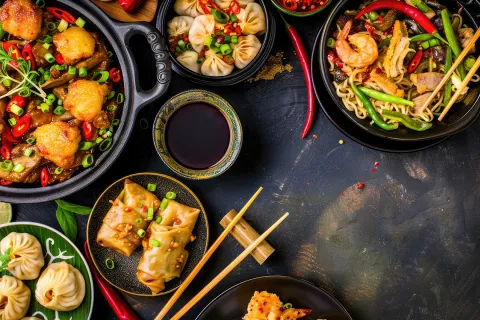
On July 16, 2020, Japan’s Consumer Affairs Agency (CAA) revised the labeling standards for food products in the country. To do so, the CAA appointed a study group to discuss the current labeling system and make necessary changes in it. These changes aim to strengthen the labeling standards for food products in Japan, while streamlining their safe distribution. Here is what the new labeling system of Japan focusses on.
Removal of Certain Terms
Amongst the revisions made by Japan’s CAA, the most significant change is the removal of the terms “artificial” and “synthetic” from the labels of food products. These terms can no longer be used to indicate the sweetness, colorants, preservatives, fragrance, and flavouring of a food product. This means, “artificial sweetener” will be changed to “sweetener”, “synthetic preservatives” will be revised as “preservatives”, and so on. Although the manufacturers are still required to indicate all the food additives on the label of the product, the removal of these terms was deemed necessary to avoid any false impression or misleading information regarding the safety of the product.
Implementation Date: The new labeling standards came into force from the date of revision. However, the food product manufacturers are given a transitional period till March 31, 2022, to modify the labels of their products.
Classification of Organic Livestock Products
According to the revisions, organic livestock products are now classified as special raw materials, hence, they are subject to specialized labeling rules and must be underscored on the food product labels. The special raw materials also include the following:
- Food products with specific place of origin
- Organic products (agricultural, livestock, processed)
- Non-GMO (genetically modified) products
- Food products that have specific manufacturing places
- Specially cultivated agricultural products
- Specific variety named food products
- Branded products
With the above-mentioned revisions, it is clear that Japan is in the process of upgrading its labeling system to ensure consumers make an informed choice about safety. To make it practically viable, manufacturers must align their product data and procedures with the revised standards to ensure compliant market-entry. Are you game for food products unmatchable compliance in Japan? Consult. Stay safe. Stay informed.









